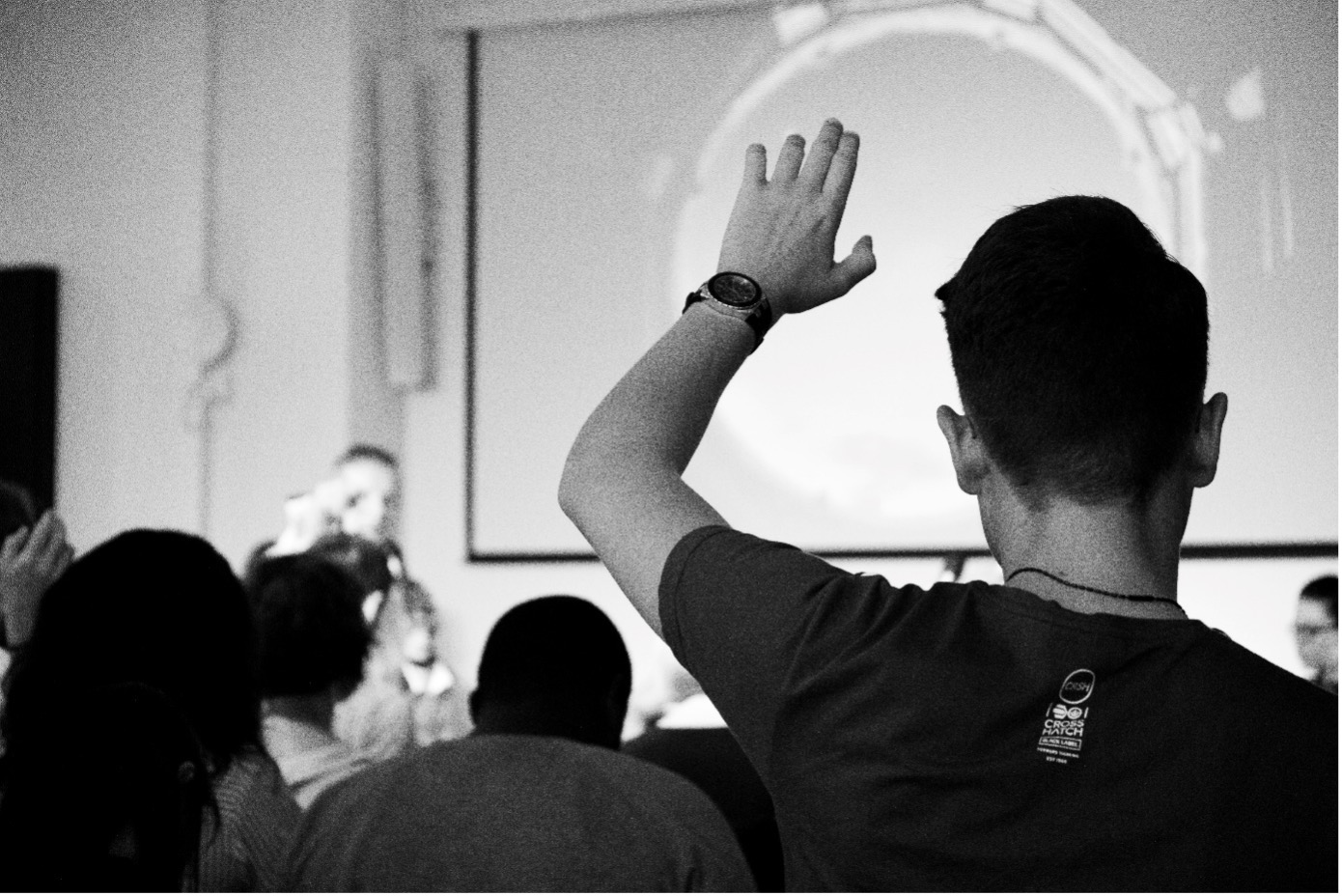By Quint Hendriks, 19-01-2023
If you can’t reach your community, you can’t engage them. But when using the right set of techniques, there´s a lot you can get done. Better yet, the community will do it for you. An effective community wants to participate on a voluntary basis. Finding common ground is what builds a strong community. Because, why wouldn’t a strong community want to help each other out?
How not to engage
Back in 2018, there was a need for research on social & ethical issues related to pregnancy prevention intervention for students, in rural Zambia. The pilot examined if interventions such as economic support to keep the girls in school, pocket money for the girls, club meetings on health, and community meetings were accepted within the community.
But the pilot’s communication was inadequate. The researchers conducting the pilot failed to recognize the community’s communication channels during the community engagement process. This resulted in misunderstandings amongst the community about the pilot’s concept. This created uncertainty and fear that the pilot may result in loss over their daughters, concerns about the money provided unconditionally to the girls, and even suspicion of links to satanism!
The former indicates what might happen if you don’t engage with your community, nay, if you don’t understand the way your community communicates.
The right way
Building a strong community is incredibly hard, but it´s possible. It is extremely important for companies, institutions, and individuals to think about what they can do to engage their communities. One of the major strengths of institutions that are classified as engaged was a compelling alignment of mission, leadership, and traditions, as said by Amy Discroll (2008) in recent studies. If you are willing to look for people who are like-minded, you are much more likely to succeed.
So, what can you do?
Engagement is all about figuring out what you (as a person, and as an organization) can do for your target audience. In 1999 Butcher, Howard, Dockett, and Perry ran a teacher education program at the Australian Catholic University. Student teachers, classroom teachers, and academic staff were brought together in forming a learning community. The student teachers were able to reflect on their learnings, but of course, the benefits were mutual:
- It allowed the classroom teachers to share their latest knowledge acquired by the student teachers, to use at the university.
- The academic staff benefited from the project because they could share their educational theories with the teachers.
These theories could then be observed while being put into practice within actual schools.
This comes to show that engagement builds stronger communities through mutual learning, which can lead to key insights about your community. Although conducted in 1999, this research is still relevant because it highlights the effects of information management within the community, and how to engage properly.
Behavioral change
Change starts with an individual choice: an individual who chooses to act. Identifying problems or issues and establishing action or a methodology to proceed, focuses on finding solutions and creating an impact within the community. So start by asking yourself: What can I do to create a more sustainable planet?
Wollongong
The Wollongong city council (a community near Sydney) did the same. Their goal is to reach city-wide net zero emissions by the year 2050. They engaged their community by inviting residents and businesses to share their ideas on how to achieve this goal together. The city council launched the Our Wollongong website, where community members could share ideas using virtual post-its and where they could interact with other participants. This generated hundreds of submissions and numerous ideas from the community.
So what can we learn from this?
It is very important to get to know your community before engaging. An effective community is extremely efficient because it builds upon gathering information and putting that into practice. What the Wollongong city council showed was that a community wants to engage, if you let it.
Are you ready to join the change? Let’s use the power of the crowd!
Read more about these community engagement studies:




